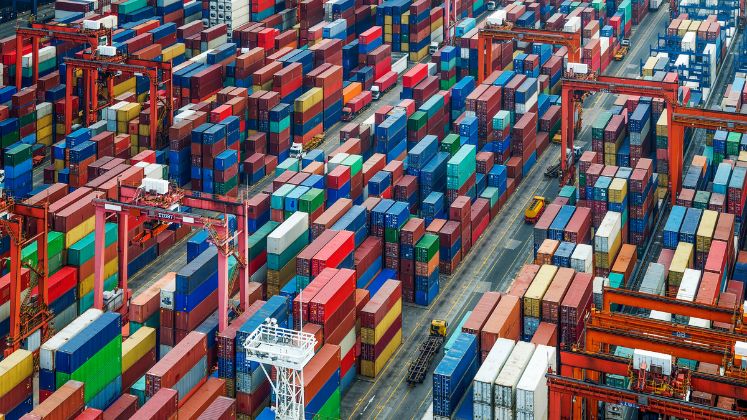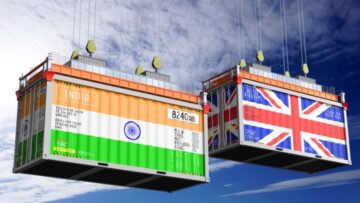Chittagong port has set a new milestone in container handling, surpassing last year’s total even before the current fiscal year concludes in June, according to the Chattogram Port Authority (CPA). As of June 15, the port managed to handle 3,171,779 TEUs, exceeding the previous year’s figure of 3,168,690 TEUs by a notable 4.63 per cent year-on-year growth.
This impressive achievement comes despite significant disruptions to Bangladesh’s foreign trade over the past year, which also impacted the Ready-Made Garments (RMG) sector. The port’s operations faced nearly two months of setbacks due to domestic issues such as widespread protests in July, severe flooding, customs officials’ pen-down protests, and transport strikes. Additionally, extended port closures during Eid holidays and trans-shipment restrictions resulting from policy changes in India further hampered activities.
Global trade tensions, including the Russia-Ukraine conflict, soaring freight costs, and weather-related disruptions across Europe, also posed challenges for maritime logistics. Despite these hurdles, the port’s strategic measures played a crucial role in maintaining and surpassing handling capacities. Key initiatives included increased automation, the launch of electronic gate passes, upgrades to container operating systems, and ongoing infrastructural improvements.
The CPA highlighted that these efforts, supported strongly by the Ministry of Shipping, law enforcement, and intelligence agencies, facilitated faster container turnaround times and enhanced coordination among stakeholders. These advancements not only helped sustain Bangladesh’s export momentum but also ensured timely delivery of RMG shipments, reinforcing the sector’s growth despite global uncertainties.
Industry experts view this record as a positive sign for Bangladesh’s export sector, particularly the RMG industry, which heavily relies on efficient port operations to meet international demand and delivery schedules. The continued modernization and resilience of Chittagong port are expected to bolster the country’s competitiveness in the global apparel market.







